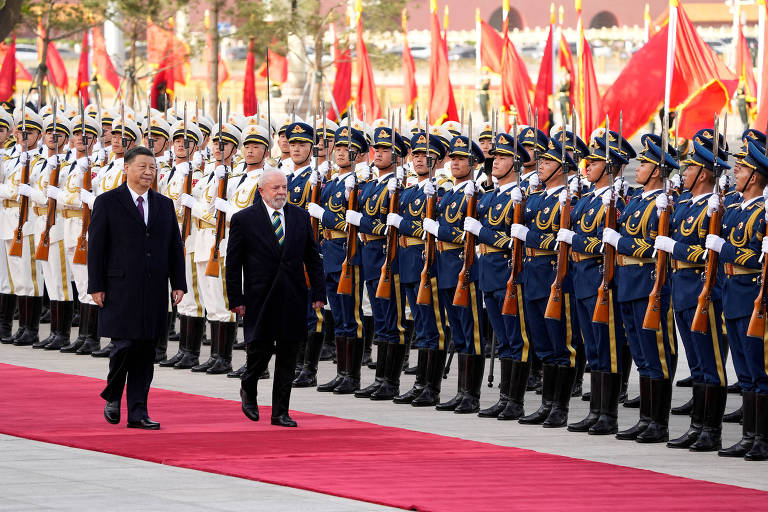The nods given by Brazil's foreign policy to the world have been increasingly diverse over the past two decades. Home to the two most populous countries in the world —India and China—, Asia has gained prominence in the route of Brazilian diplomacy.
The movement transcended governments and is expressed in the trips abroad of presidents since re-democratization. A survey carried out by Folha shows that the Brazilian agenda, previously focused on South America, the US, and Europe, has turned its attention to the Asian continent. The data consider visits by Brazilian leaders from 1956 onwards, the initial date of the trips recorded in the Presidency's archives.
Asia does not surpass the main destinations of Brazilian leaders, those are Argentina —there have been 54 trips to the country since the second half of the 1950s— and the USA —51—, but it has gained importance driven by the Asian giant, China, and by Japan, with 11 trips to each country. The diversification of destinations gained traction during the governments of Fernando Henrique Cardoso —FHC was the first Brazilian president to officially visit 11 countries. But it was in the Lula administrations, 1st and 2nd, that the movement took off, with 37 new destinations — 14 of them in Asia, especially some in the Middle East, such as Israel, Turkey, Syria, and Lebanon.
Lula, by the way, resumed a schedule of frequent trips abroad at the beginning of his third term. In just the first five months, the PT member went to nine countries, both for bilateral agendas, as occurred in China, and for broader meetings, such as the G7 in Japan.
Translated by Cassy Dias
